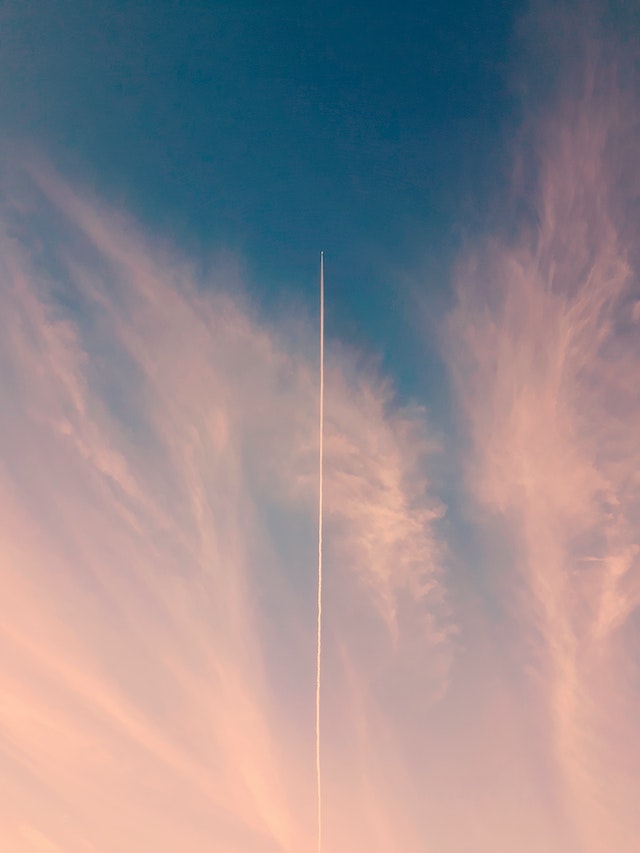Lighting can bring to the fore a range of features not usually noticed at night, such as an heirloom rose plant or that spectacular waterfall you spent all your savings building last summer.
Landscape lighting can add both curb appeal and safety features to your property at night, making the experience more pleasurable and safer. This article will guide you in getting the most from your landscape lighting investment. irrigation repairs Adelaide
Table of Contents
Uplighting
Uplighting is one of the most widely utilized landscape lighting techniques, highlighting features like trees or architectural features using well or directional lights. This method works best at emphasizing shadows contrasting with bright light; bringing out their organic shapes as well as unique features of your home’s exterior.
Uplighting can also be used effectively for accentuating fountains, garden statues, and other prized features in your landscape. When doing so, use fixtures with small beam spread and low lumen output so as to minimize any possible glare effects.
Downlighting
At night, how a home’s architectural features appear is an integral component of its overall design. Landscape lighting enhances these features so they stand out against their surroundings and adds charm and usability for outdoor entertaining and living.
Layered lighting effects create the most stunning designs. A well-executed uplit tree becomes an eye-catching centerpiece in any design scheme; on the other hand, downlighting provides subtle illumination for trees at their bases as they grow.
Downlighting can also be used to highlight other hardscape or softscape elements, including patios, boulders, and ponds. It can also serve to accent an entryway or light up a driveway for safety and convenience – mounted high in trees or house eaves to reflect light downward like moonlight and stars would.
Cross-Lighting
Landscape lighting doesn’t just draw the eye to trees and other features in your garden – it also illuminates vital spots around your home to increase safety and security at night. Lighting steps, walkways, porches and cooking areas will ensure these spaces can still be safely used after dark.
Add a truly distinctive look with color-changing lights that can alternate between different hues or flash to the beat of music for an eye-catching finish. There are low-voltage and solar options for this type of lighting that can easily fit into existing fixtures.
To get an understanding of how different forms of landscape lighting can work together, grab a flashlight and walk your property at night with it. This will help identify which parts of your landscaping require being highlighted, before consulting with a lighting professional on how your design will come alive at night – the result being something from Nightmare on Elm Street to Some Enchanted Evening!
Spotlighting
Spotlights, also known as directional lighting, offer versatile ways to highlight specific plants or features in the landscape such as water features. Furthermore, these spotlights can illuminate pathways, stairs, or any hardscape surfaces such as driveways.
Uplighting can add drama by casting light from beneath taller trees. This technique works especially well when used to illuminate shrubs, bushes, or other plant life that might otherwise remain concealed behind the tree during daylight hours.
Cross-lighting is another fantastic way to highlight interesting shapes in a garden or front yard, particularly trees or hardscape features that stand out. Lighting these areas will draw visitors’ attention and allow for safe navigation after dark – it may also deter potential burglars.







